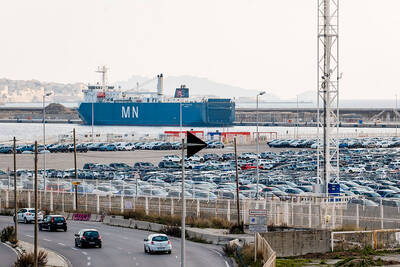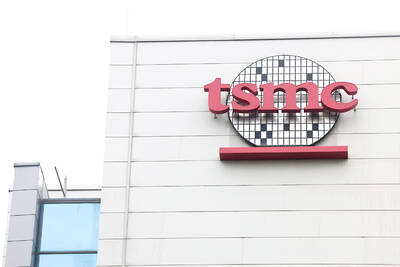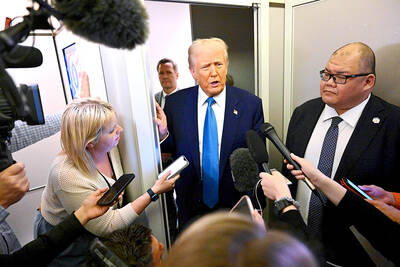World steel demand is expected to grow strongly this year, despite concerns about the performance of the US and EU economies, according to the industry’s world body.
Demand from the “BRIC” countries Brazil, Russia, India and China and other emerging economies will push demand up to almost 1.3 billion tonnes, a rise of 6.7 percent over last year, the International Iron and Steel Institute (IISI) said in its latest forecast.
Growth next year is likely to rise by about 6.3 percent, according to the institute, which represents 180 steel makers across the world.
Ku-Taek Lee, the IISI chairman, said: “The underlying assumption behind this forecast is that, although some weakening in the US and EU economies is expected, demand for steel will remain healthy thanks in part to the emerging markets, which will maintain their dynamism.”
The buoyant outlook from the IISI contrasted with a more sombre approach from investors in the Far East. Shares in several of the region’s steel makers fell on Monday after Posco of South Korea, the world’s fourth largest producer, said it was not planning to raise prices unless raw material costs soared.
The institute said it expected demand from the Bric countries to rise by just over 11 percent this year, and by 10.3 percent next year, but rising demand in other emerging economies would narrow the gap in growth rates between the Bric countries and the rest of the world.
Apparent steel use, which includes inventories, is expected to rise by 11.5 percent in China, taking its share of world steel consumption to 35 percent this year.
Luo Bingsheng, deputy chairman of China Iron & Steel Association, last week said that China’s crude steel output was estimated to reach up to 540 tonnes this year, an increase of about 50 tonnes on last year.
Luo also predicted that the domestic “apparent consumption” of crude steel was likely to grow about 11 percent, slightly lower than the 11.87 percent last year.
In the EU, steel use is expected to rise by 1.6 percent this year and 2.3 percent next year. Consumption in the North American Free Trade Agreement countries — the US, Canada and Mexico — fell sharply last year, but the IISI said it expected steel consumption to grow by 1.9 — this year and 1 — next year despite the economic uncertainties.
The world steel industry has boomed in recent years on the back of growing demand from industrializing nations. It is the second biggest industry, after oil, in terms of commodities.
The boom has driven up the price of steel, and the prices of iron ore and nickel, used in the manufacture of stainless steel, have also increased.

When an apartment comes up for rent in Germany’s big cities, hundreds of prospective tenants often queue down the street to view it, but the acute shortage of affordable housing is getting scant attention ahead of today’s snap general election. “Housing is one of the main problems for people, but nobody talks about it, nobody takes it seriously,” said Andreas Ibel, president of Build Europe, an association representing housing developers. Migration and the sluggish economy top the list of voters’ concerns, but analysts say housing policy fails to break through as returns on investment take time to register, making the

‘SILVER LINING’: Although the news caused TSMC to fall on the local market, an analyst said that as tariffs are not set to go into effect until April, there is still time for negotiations US President Donald Trump on Tuesday said that he would likely impose tariffs on semiconductor, automobile and pharmaceutical imports of about 25 percent, with an announcement coming as soon as April 2 in a move that would represent a dramatic widening of the US leader’s trade war. “I probably will tell you that on April 2, but it’ll be in the neighborhood of 25 percent,” Trump told reporters at his Mar-a-Lago club when asked about his plan for auto tariffs. Asked about similar levies on pharmaceutical drugs and semiconductors, the president said that “it’ll be 25 percent and higher, and it’ll

NOT TO WORRY: Some people are concerned funds might continue moving out of the country, but the central bank said financial account outflows are not unusual in Taiwan Taiwan’s outbound investments hit a new high last year due to investments made by contract chipmaker Taiwan Semiconductor Manufacturing Co (TSMC, 台積電) and other major manufacturers to boost global expansion, the central bank said on Thursday. The net increase in outbound investments last year reached a record US$21.05 billion, while the net increase in outbound investments by Taiwanese residents reached a record US$31.98 billion, central bank data showed. Chen Fei-wen (陳斐紋), deputy director of the central bank’s Department of Economic Research, said the increase was largely due to TSMC’s efforts to expand production in the US and Japan. Investments by Vanguard International

WARNING SHOT: The US president has threatened to impose 25 percent tariffs on all imported vehicles, and similar or higher duties on pharmaceuticals and semiconductors US President Donald Trump on Wednesday suggested that a trade deal with China was “possible” — a key target in the US leader’s tariffs policy. The US in 2020 had already agreed to “a great trade deal with China” and a new deal was “possible,” Trump said. Trump said he expected Chinese President Xi Jinping (習近平) to visit the US, without giving a timeline for his trip. Trump also said that he was talking to China about TikTok, as the US seeks to broker a sale of the popular app owned by Chinese firm ByteDance Ltd (字節跳動). Trump last week said that he had